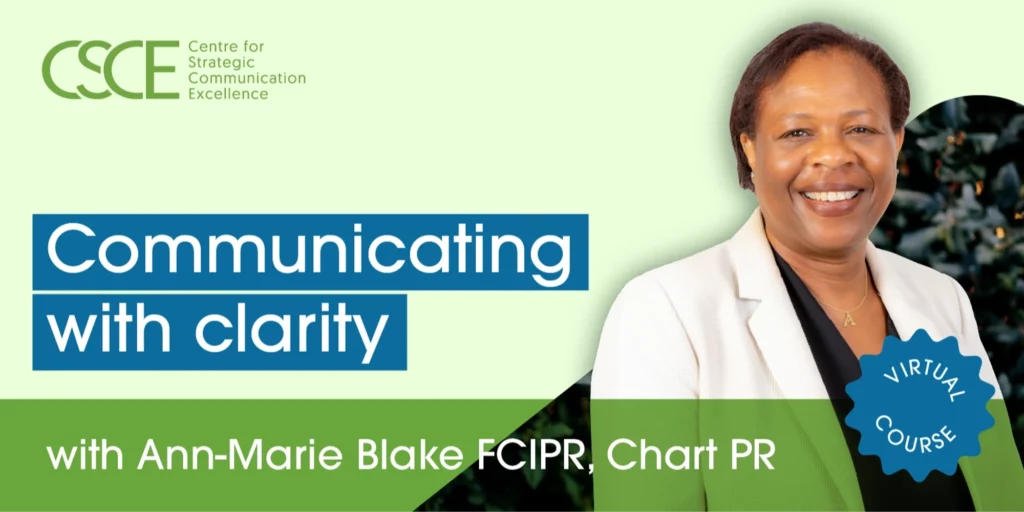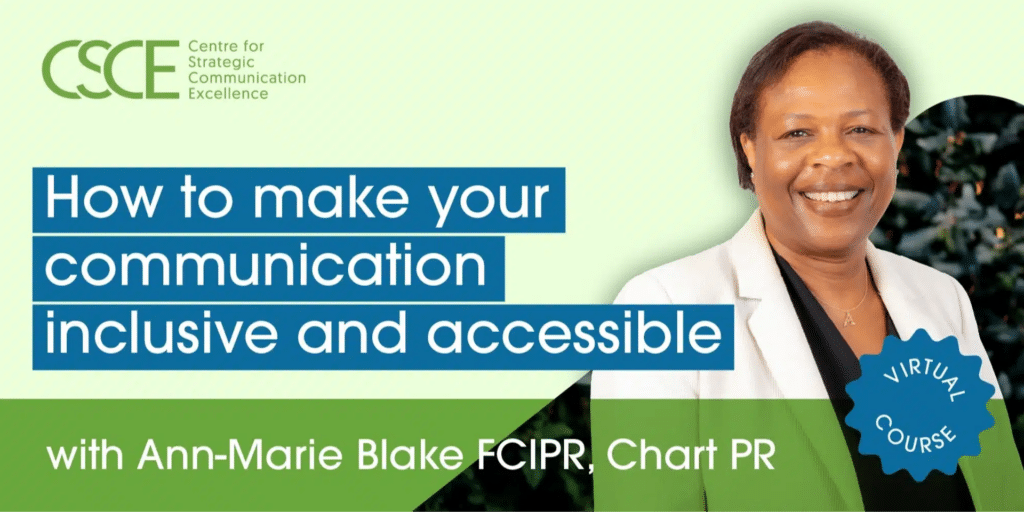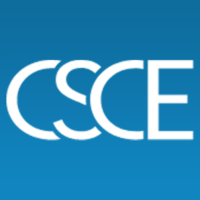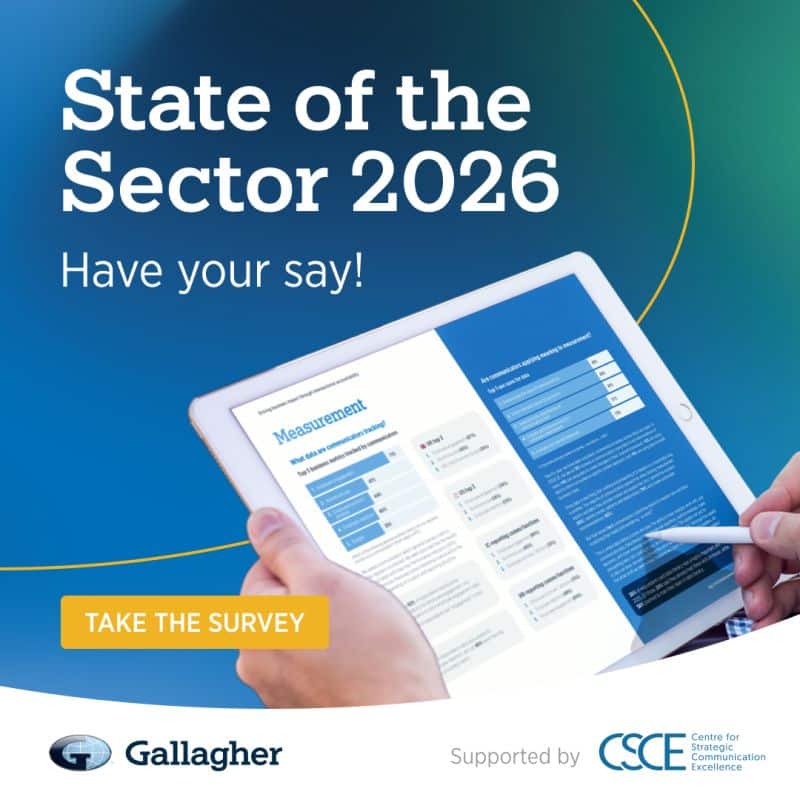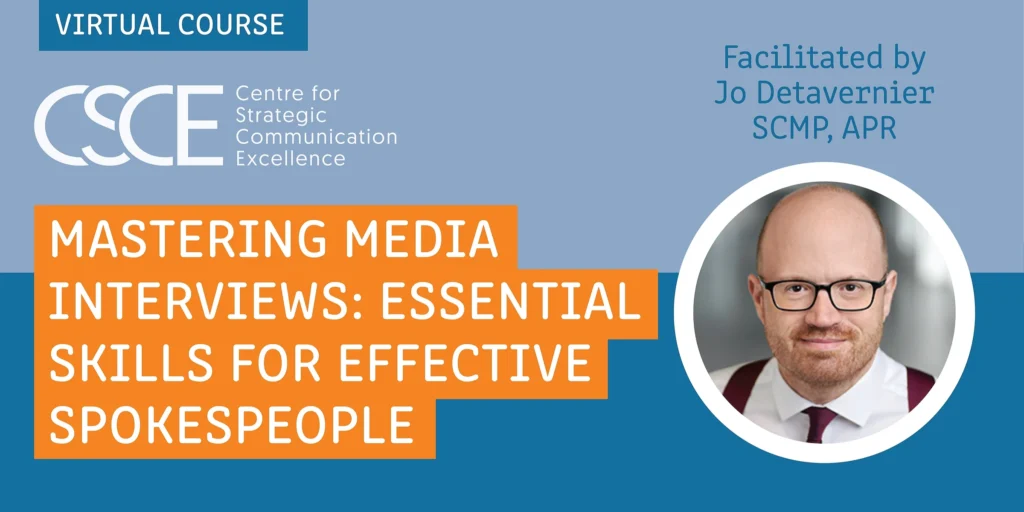Effective communication is about more than just delivering a message—it’s about ensuring that everyone, regardless of background or ability, can access and engage with the content.
Growing up in Melbourne as the daughter of Greek immigrants, I witnessed the challenges my parents faced in navigating language barriers. These experiences shaped my understanding of how vital inclusive and accessible communication is for ensuring everyone has a voice. I saw firsthand how easy it is for people to feel excluded when communication doesn’t account for diversity.
While my experience centres around cultural diversity and language barriers, inclusivity and accessible communication go beyond these aspects. It’s about considering the wide range of challenges individuals may face and ensuring that communication is both clear and engaging for all.
In the second part of this series, I’m joined by Ann-Marie Blake, co-founder of True, to explore the critical role that inclusive and accessible communication plays in building genuine connections. Ann-Marie shares her expertise on how clear and thoughtful communication can foster meaningful engagement and why it’s more important than ever for communication professionals to embrace inclusivity in their strategies.
Sia: Why is inclusive and accessible communication critical for today’s organisations, and what steps can communication professionals take to ensure their messaging resonates with diverse audiences?
Ann-Marie: Inclusive and accessible communication ensures that no one feels excluded. Our role as communication professionals is to create content that can be understood and engaged with by everyone, regardless of their background or cognitive abilities.
Inclusive communication considers cultural, linguistic, and social diversity while avoiding stereotypes and biases. On the other hand, accessible communication is about clarity—making sure that our messages are easy to read and understand, and that they cater to people who may use different tools or techniques to process information. Together, these approaches create environments where everyone can access and engage with content.
Sia: How can organisations balance legal accessibility requirements with creating truly meaningful and engaging communication?
Ann-Marie: Accessibility shouldn’t be a ‘tick box’ exercise to meet minimum legal requirements. Everyone benefits from clear, jargon-free communication. Simple steps like using sans serif fonts, testing colour contrasts, and ensuring inclusive imagery can make a huge difference. It’s about designing with everyone in mind—making sure that your message isn’t just legally compliant but engaging for all.
Sia: What are the key indicators that your communication strategy is inclusive and accessible?
Ann-Marie: Your audience will be your best indicator. Make sure you have systems in place for listening to feedback and providing a safe space for people to report issues. If you have a communication champion network, gather feedback from them on how well the inclusive communication strategy is being implemented and perceived. This ensures that your strategy is continuously improving and adapting to the needs of your audience.
Sia: In the age of information overload, how can communication professionals ensure their messages remain clear, concise, and impactful?
Ann-Marie: It’s about putting yourself in the shoes of your audience. I like to use the ‘1% battery test.’ If your reader’s phone was on 1% battery, would they get the information they need before the device dies? This test forces you to prioritise the most important information upfront and eliminate any fluff. You need to answer the question, “Why should I care?” in every piece of communication.
Sia: How do you approach simplifying complex concepts without diluting important details or making the communication feel patronising?
Ann-Marie: Simple writing doesn’t mean simplistic—it brings clarity to complex topics. It shows respect for your reader’s time and effort. Before you start, ask yourself three key questions: What’s the core information? What emotion do you want to convey? Is there a call to action? Focus on what’s essential and remove unnecessary fluff. Replace jargon and corporate speak with clear, relatable language. Imagine explaining it to a neighbour, using everyday words people can understand.
Sia: Can you share an example where clear communication helped avert a crisis or misunderstanding within an organisation?
Ann-Marie: I recall a time after a systems update when IT found a bug that would cause system failure if employees downloaded new software. The IT team issued a clear, urgent message to all staff, detailing why it was critical to avoid the update. They focused on the essential message, not the technical details, ensuring everyone read and understood the instructions. As a result, the potential virus spread was averted because people knew exactly what action to take.
Ann-Marie’s insights are a powerful reminder that as communication professionals, it’s our responsibility to ensure that the messages we craft are not just accessible but also meaningful. By prioritising clarity and inclusivity, we strengthen the relationships within our organisations and ensure that communication remains a bridge, not a barrier.
Stay tuned for part three of our series, where we’ll return to Howard Krais to explore the art of building brilliant champion networks. Learn how identifying and empowering champions can drive engagement, foster collaboration, and help organisations thrive in times of change.
If you missed part one of our series, where we explored the power of listening and leadership with Howard Krais, you can catch up here. Discover how listening plays a pivotal role in driving meaningful change and fostering engagement in organisations. Don’t miss out on the insights that set the foundation for building inclusive, accessible, and impactful communication strategies.
Ready to take your communication strategy to the next level? Learn more about Ann-Marie Blake’s communication training courses on creating inclusive and accessible communication and discover how to transform your approach into one that drives real connection and engagement.



